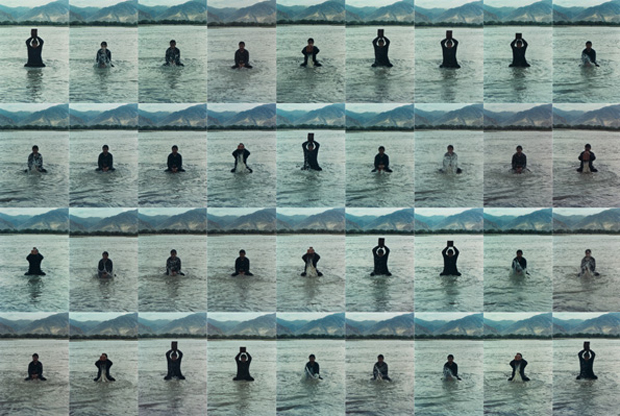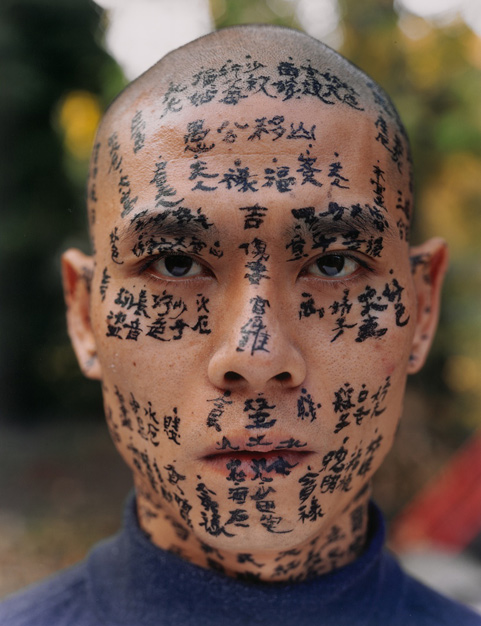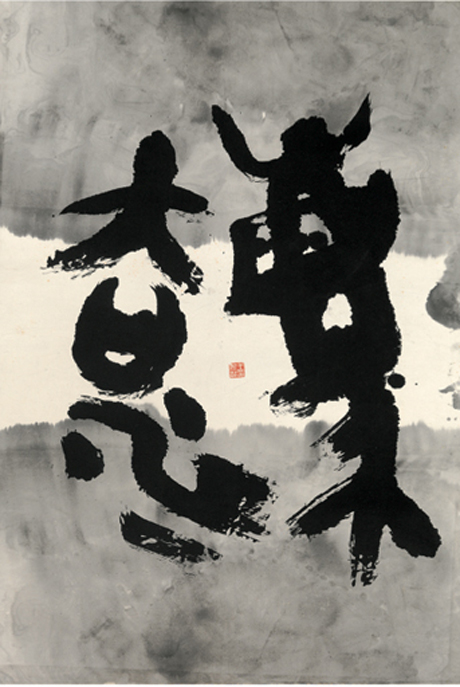
The Met's ink-themed Chinese art show
America's largest art museum themes its first major Chinese contemporary art exhibition around ink
Ink Art is the Met's first major Chinese contemporary art. The exhibition examines the creative output of a selection of artists from the 1980s to the present "who have fundamentally altered inherited Chinese tradition while maintaining an underlying identification with the expressive language of the culture's past."
Interestingly, Ink Art has not been overseen by Mike Hearn, the curator in charge of the Met's Department of Asian Art, who is more used to dealing with ancient works rather than new ones.
As Hearn explains on the Met's site, around 2006 that he began to examine Chinese contemporary works, and quickly discovered just how greatly they appealed to him.
"I realised that there were contemporary works of Chinese art that resonated with me," he says, "but I wasn't sure that they would have had the same effect on my colleagues in the Department of Modern and Contemporary Art," he goes on. "Prior to that time, I had always thought that modern and contemporary art was their responsibility, but this experience made me realise that there are fantastic contemporary Asian works that would resonate more meaningfully in our galleries than in a Western modern-and-contemporary gallery space."
And while East Asian ink traditions inform all the works on show, thankfully Ink Art isn't just all scrolls. There are 70 pieces on show in total, ranging from woodblock prints through to video and photographs by the likes of contemporary performance artists such as Zhang Huan and Song Dong. Nevertheless, ink and brush caligraphy works still feature. However, the curator believes that, even if you can't read the words, you can still appreciate the art.

As Hearn explains that while "ink art is something that is uniquely Chinese, the same skills and vocabulary are used to look at both Abstract Expressionism and Chinese calligraphy. There was this wonderful crossover."
It seems quite bold to ask New York gallery-goers, many of whom may have no knowledge of the Chinese written language, yet Hearn believes that, so long as visitors trust their instincts, they should still enjoy it.
"While Westerners can't read Chinese calligraphy, they can read conceptual art. The tools for appreciating calligraphy aesthetically-seeing it as gestural art with dynamic figure-ground relationships and contrasts of positive and negative line and space-was already in people's repertoire, they just needed permission to use them."

In other words, if you love Franz Kline and Robert Motherwell, you should give Wang Donling and co. a shot. We certainly applaud these bold curatorial choices. Find out more about the exhibition, that's just opened and runs until April 6, 2014, here.
If you'd like to know a little more about China's artistic traditions and current practices, pick up a copy of our Chinese Art Book, the new, authoritative overview of art in the Middle Kingdom, and features many of the artists in the Met show. Buy it from the people who made it, here.